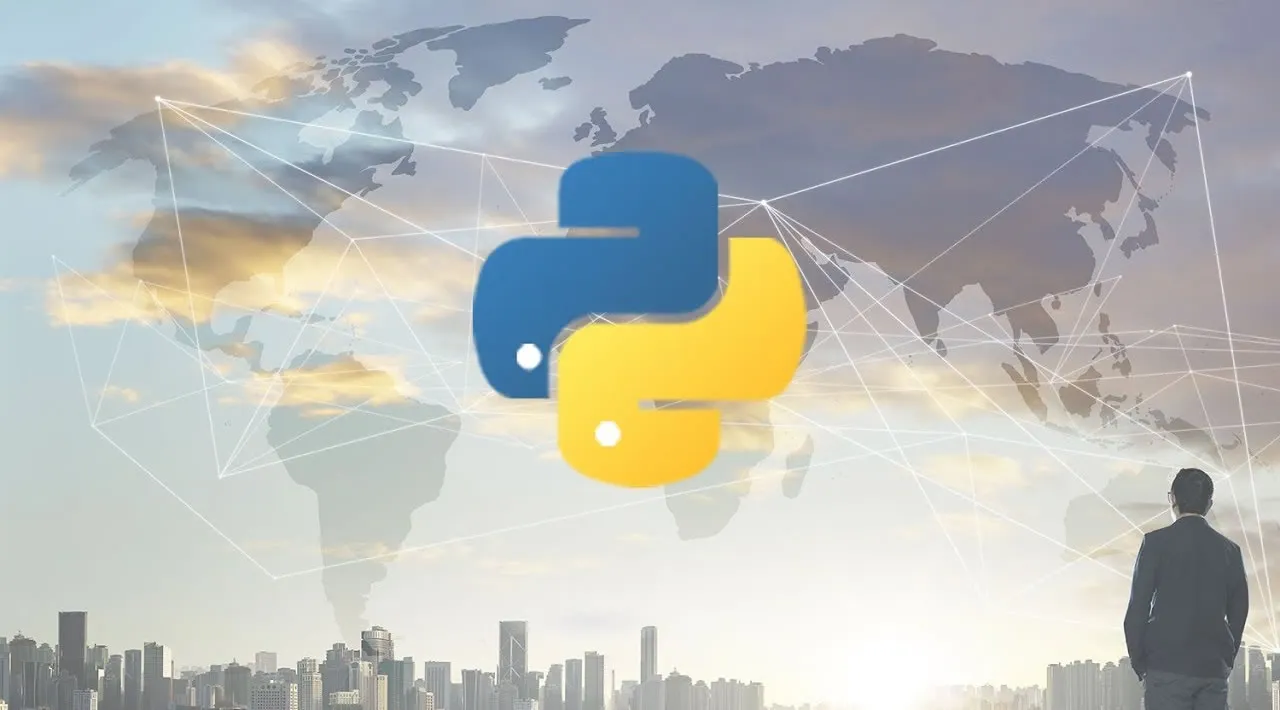Web scraping is the process of extracting specific data from the internet automatically. It has many use cases, like getting data for a machine learning project, creating a price comparison tool, or any other innovative idea that requires an immense amount of data.
While you can theoretically do data extraction manually, the vast contents of the internet makes this approach unrealistic in many cases. So knowing how to build a web scraper can come in handy.
This article’s purpose is to teach you how to create a web scraper in Python. You will learn how to inspect a website to prepare for scraping, extract specific data using BeautifulSoup, wait for JavaScript rendering using Selenium, and save everything in a new JSON or CSV file.
But first, I should warn you about the legality of web scraping. While the act of scraping is legal, the data you may extract can be illegal to use. Make sure that you're not messing with any:
- Copyrighted content – since it's someone's intellectual property, it's protected by law and you can't just reuse it.
- Personal data – if the information you gather can be used to identify a person, then it's considered personal data and for EU citizens, it's protected under the GDPR. Unless you have a lawful reason to store that data, it's better to just skip it altogether.
Generally speaking, you should always read a website's terms and conditions before scraping to make sure that you're not going against their policies. If you're ever unsure how to proceed, contact the site owner and ask for consent.
#python #webdev #webscraping
